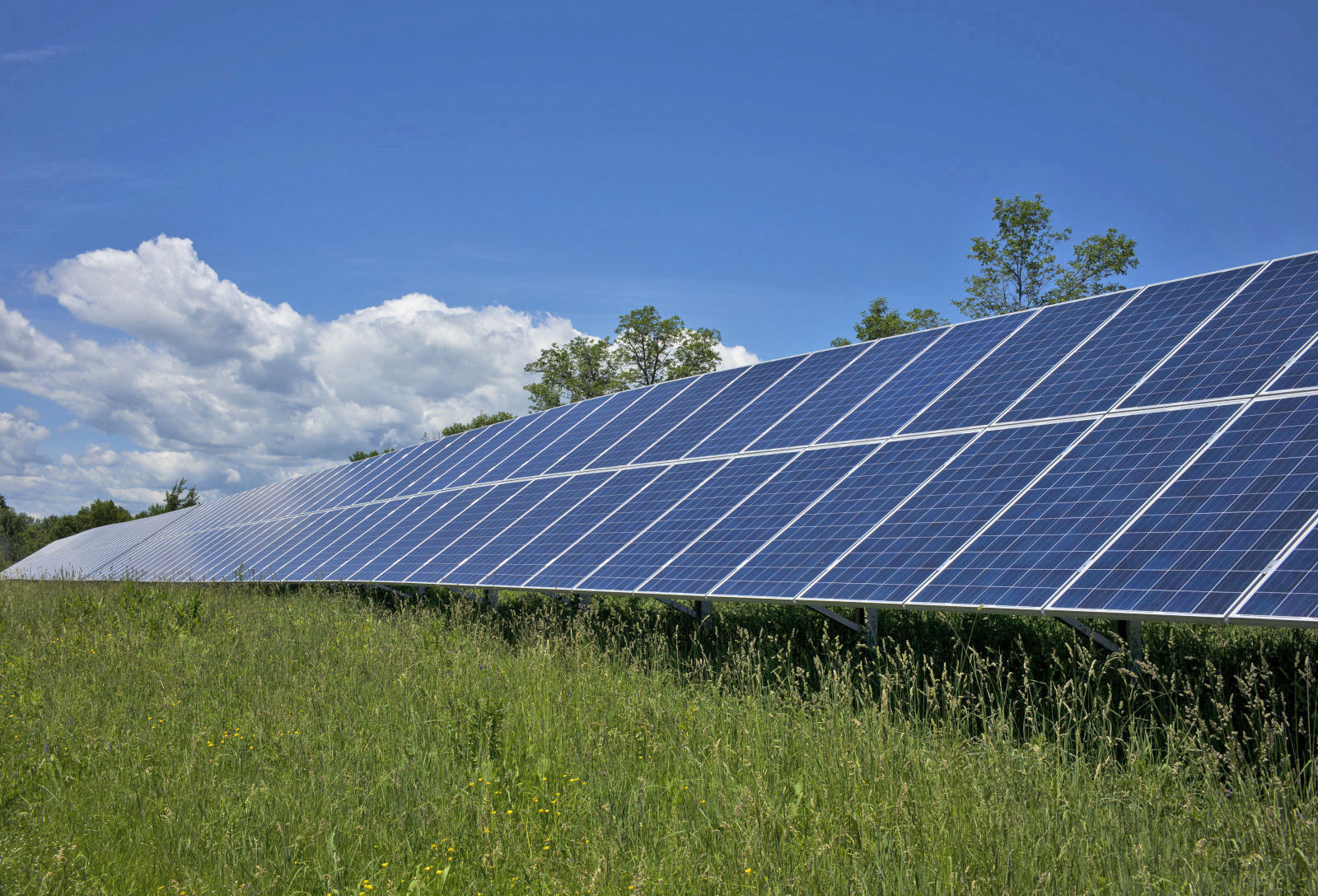A group of environmental scientists and ecologists researching the impact of solar arrays on the environment have released a new study they believe will lead to smarter farming and land use around these alternative energy sources. According to the paper published in the journal Environmental Research Letters, the microclimate around the bank of photovoltaic panels studied near Swindon in the UK changed by as much as 5 degrees Celsius, depending on the season. While this might seem like an obvious side effect of creating a big field of artificial shade, the researchers from Lancaster University and the Centre for Ecology and Hydrology are concerned about the impact on the plants and soil underneath all those solar panels.
“With policies in dominant economies supporting solar energy,” Dr. Alona Armstrong, one of the paper’s authors, explained to Phys.org, “it is important that we understand the environmental impacts to ensure we get more than just low carbon energy from the land they occupy.” What the team found was that more than just creating shade, the panels were decreasing the species diversity and the biomass of the plants on the ground, which in turn was affecting how much carbon could be stored in the soil beneath the solar panels. If the soil around a solar array is storing less carbon than the array itself is meant to offset, the result is a less-than-optimal arrangement. In other words: to maximize the impact of a field of solar panels, a landowner should optimize the shady space beneath it.
While more work needs to be done to study these effects in other climates, Dr. Armstrong believes the research could inform practices like growing shade-loving crops in arid regions using runoff water collected from the panels themselves. Which is a much greener method than turning your solar array into a laser beam.
(22)
